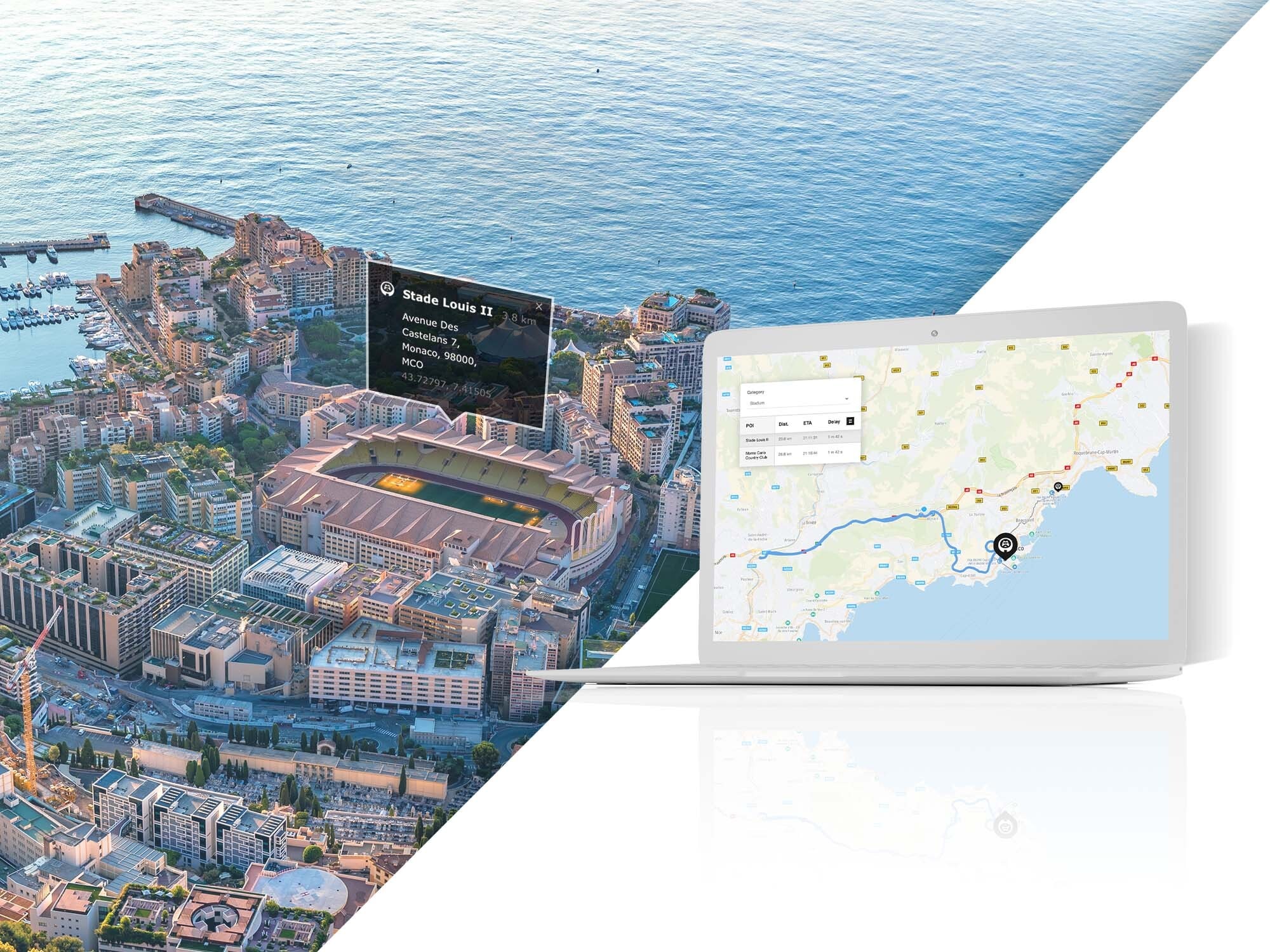What’s new with Matrix Routing V2 in Public Preview
)

We just released V2 of our Matrix Routing API! Now in public preview, you can use this latest update to get larger matrices quicker than before. Keep reading to learn more about this update.
We’ve just released the public preview of our fresh update to Matrix Routing, a feature of our Routing API. If some of that sounded a bit like another language, learn more about Matrix Routing in the documentation before reading on for details on the update!
Matrix routing in itself involves calculating routing costs for a set of origin locations to a set of destination locations. This is sometimes referred to as creating a distance matrix. TomTom matrix routing can account for cost in distance, or time. Routing “costs” mean the distance and travel time it takes to reach each destination point. These costs exist as values, which help us determine which specific route segments have the lowest cost, since ideally, building a complete route out of the shortest and fastest possible segments will result in the optimal route for our use case.
This helps us support ETA calculation for various use cases and industries where we might focus our matrix-based projects.
This style of routing is well-suited for logistics and on-demand needs, specifically last mile deliveries, taxis, and even carpool services.
Key details about the update
We’ve increased the amount of elements the API can accept, and optimized the response time. With our new public preview, the among of locations we can pass is now 2500 in synchronous and 50,000 in async.
These changes in capacity and speed exponentially enhance the bandwidth of matrix routing, which helps to support increased functionality for many use cases. Simply said, you can now generate considerably larger matrices faster.
What supported features can I use with the new update?
Fastest and shortest routeTypes are supported in V2, along with multiple aspects of Truck-specific routing and Traffic Modes; shortest routes are supported at this time only in asynchronous mode.
Car and truck travel modes are supported with the new update. Truck and cargo attributes (ie, load type accommodations) can be used in conjunction with the matrix updates. In terms of routing for Trucks, the routing cost model is set to prioritize routing on larger roads to accommodate all truck sizes, and the extra “cost” of turns for these large trucks are also accounted for when building a route.
Speed Profiles, also known as typical speed values, as well as live and historic traffic events are utilized to calculate accurate travel times between origins and destinations in the matrix. For use cases where exact departure time is not known or is irrelevant, the newly added “any time” mode can be used.
What does this mean for my projects?
V2 Allows you to get larger distance matrices more efficiently within applications you create with Matrix Routing. By being able to process more locations, and do so more quickly, the response time of the API is maximized, enabling a better experience for user than before.
Because the Matrix Routing update is in Public Preview, your experience and feedback can influence changes we may make to the update before it reaches General Availability. This means that your input can create tangible changes within the API experience – so, we want to hear what you think! Positive or negative, this feedback helps us create the best possible documentation and features to empower you, the developer, and the users of your apps and other projects.
Reach out to us to share your thoughts on using the new features via this thread in our DevForum, or reach out to our engineers by sending an email to DeveloperRelations@tomtom.com.
Explore V2 Here!
Got questions? Find us on Twitter, Reddit, and our Dev Forum.
Happy Mapping!